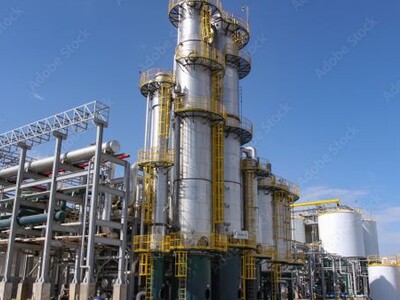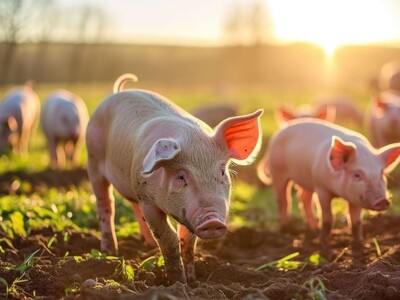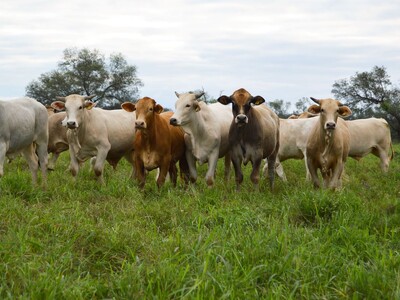Drones vs. Robots
University of Missouri was awarded a $20 million grant as part of a multi-institutional consortium to study climate change and how corn maintains plant growth during drought conditions. Using funding from the NSF, Mizzou engineers on a multidisciplinary team headed up by Dr. Gui DeSouza, an associate professor of electrical engineering and computer science, and colleagues and students in his Vision-Guided and Intelligent Robotics (ViGIR) Laboratory have developed a robotic system that is changing the way scientists study climate variability, crops and plant composition.Dr. DeSouza outlines the strategy behind using robotic towers to phenotype plants in the field as opposed to drones. While the tower covers only a relatively small area, it can easily be moved to cover an entire field. This cost-effective measure means it is less expensive to have more towers, stationed at various points in the field, operating simultaneously.
"The towers not only are inexpensive, they also are available throughout the day and night and can generate more data than any aerial vehicle could," DeSouza said.
The tower inspects a 60-foot radius of a given field to identify areas affected by environmental stresses, while the vehicle collects data on individual plants. The sensors have the ability to measure various heights of the corn plant in order to reconstruct the 3-D image.


















